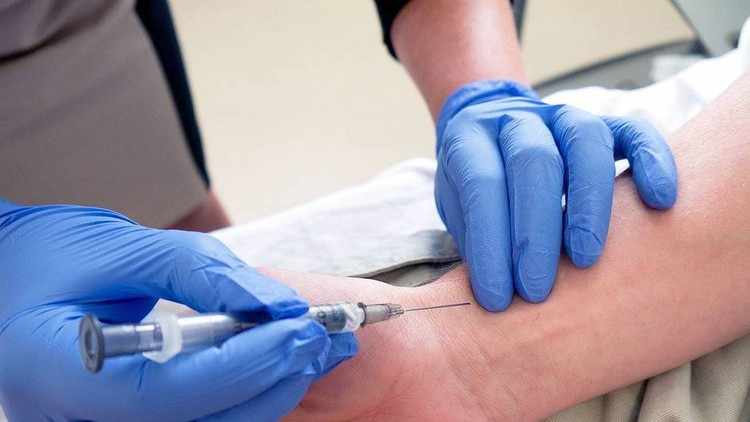Arterial Blood Gases : Intro, Interpretation & Applications
Interpretation of Arterial Blood gases and their Applications
4.13 (4 reviews)

14
students
1 hour
content
Feb 2023
last update
$19.99
regular price
What you will learn
Arterial Blood Gases Introduction
Technique of obtaining Arterial Blood Gases
Interpretation of Arterial Blood Gases
Clinical conditions associated with ABG disturbances
Related Topics
5122190
udemy ID
1/29/2023
course created date
4/9/2023
course indexed date
Bot
course submited by